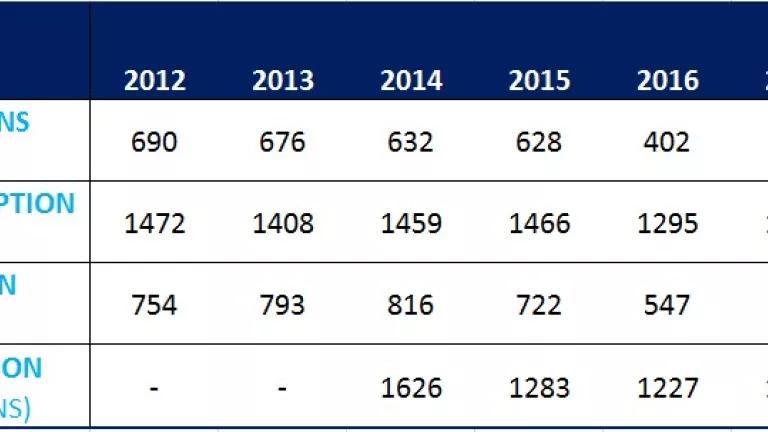An interesting article in Environmental Science and Technology today connecting fertilizer use, water pollution, and agricultural subsidies. Much has been made about how the increased demand for corn to make ethanol will drive increased use of fertilizer and as a result increase water pollution. As I discussed here, this impact is likely to be particularly acute because of the demand for corn is growing so fast. The WRI report I linked to in my earlier post, both showed this impact through detailed modeling and also suggested an important set of near-term policies that could help including measures such as requiring nutrient management plans in watersheds that are already overloaded and encouraging much broader use of riparian buffers.
The problem of fertilizer use and water pollution is also a prime example of another challenge facing biofuels and agricultural policy more broadly--different stakeholders use different metrics and as a result see the problem differently and the ideal metrics are very hard to measure accurately and affordably.
Take for example nitrogen. The environmental community generally focuses on pounds applied per acre and point out how this number has been going up for corn for the last 30 plus years. As in the ES&T article above, the greater total application is linked to greater fertilizer runoff into streams and rivers and cumulative impacts like the hypoxic zone in the Gulf.
Farmers on the other hand tend to focus on pounds applied per bushel of yield and point out that this number has been going down for 30 plus years. From this perspective, if agricultural practices and technologies hadn't gotten significantly better over time and society still wanted the same amount of corn that we consume today, we would be cultivating a lot more acres and using much more total fertilizer.
Both perspectives are correct, but both miss the point to some extent. What really matters is the amount of runoff (and oxidization if you care about global warming) not the amount applied, but measuring this from specific farm is expensive to do accurately. We now certain practices such as nutrient management plans and riparian buffers reduce runoff, but the models, which are relatively affordable, can't tell us accurately how much pollution is reduced from specific practices on specific acres of land under real weather conditions.
This is no excuse for in action; we should take the steps WRI and other nutrient managers recommend. But we should also spend some time and money getting much better at developing affordable and accurate tools for measuring the actual performance of farmer. If we're all looking at the problem from the same perspective, there's a much better chance that can agree on the regulations and incentives needed to fix it.


